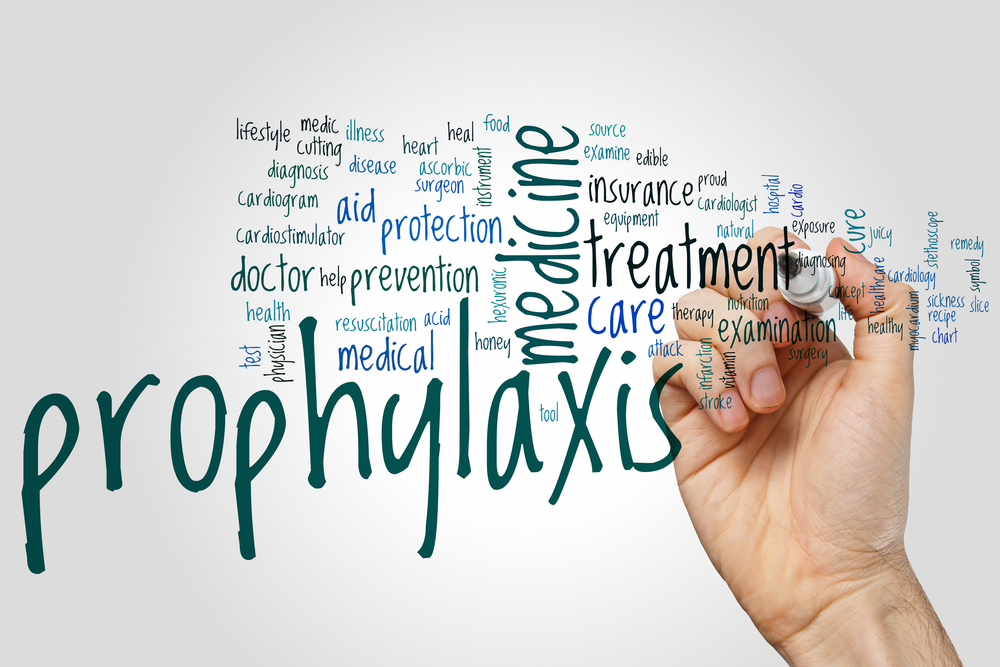Prophylaxis Improves Function, Quality of Life, and Pain Relief in Hemophilia A, Study Finds

Researchers have found that adults with severe hemophilia A coupled with pre-existing joint disease benefit most from prophylaxis to improve function, quality of life, and activities, and to better manage pain.
The study, “Effect of late prophylaxis in hemophilia on joint status: a randomized trial,” was published in the Journal of Thrombosis and Haemostasis.
Prophylaxis, commonly referred to as a preventive measure in hemophilia, consists of infusing blood-clotting factor concentrates on a regular basis to avoid bleeding.
In the study, a research team led by Marilyn J. Manco-Johnson, MD, observed three-year bleeding, joint function, health-related quality of life, and other outcomes for men aged 12 to 50 with severe hemophilia. Participants were randomized to sucrose-formulated recombinant factor VIII prophylaxis or on-demand therapy.
Manco-Johnson and her team found that adults maintained excellent adherence following three years of prophylaxis, with a 94% reduction in total and joint bleeding events, despite severe pre-existing joint disease (arthropathy).
Overall, 35.7% of participants receiving prophylactic treatment were bleed-free, and 76.2% had fewer than two bleeding events per year.
Moreover, prophylaxis and improved joint health were found to be correlated, as assessed by the Colorado Adult Joint Assessment Scale (a measure of severity of joint disease), when compared to on-demand treatment.
Prophylactic treatment also correlated with improved HAEMO-QoL-A scores (a quality of life assessment instrument for children and adolescents with hemophilia), less chronic pain, and about two-fold less healthcare resource utilization.
Prophylaxis also was favored to boost activity, and improve EQ-5D-3L (a standardized instrument for measuring generic health status), and satisfaction. There was no difference in magnetic resonance imaging (MRI) score changes for prophylaxis versus on-demand treatment.
“Prophylaxis versus on-demand treatment in adults with severe hemophilia A and arthropathy led to decreased bleeding, pain, and HRU, better joint health, activity, satisfaction, and HRQoL, but no reduction in structural arthropathy progression, suggesting preexisting joint arthropathy may be irreversible,” the authors stated in a press release.
The study was conducted at the University of Colorado Anschutz Medical Campus in Aurora, with funds from Bayer and other pharmaceutical companies, the authors disclosed.
Subscribe to Hemophilia News Today‘s free, weekly newsletter and receive the latest news directly in your email inbox.






